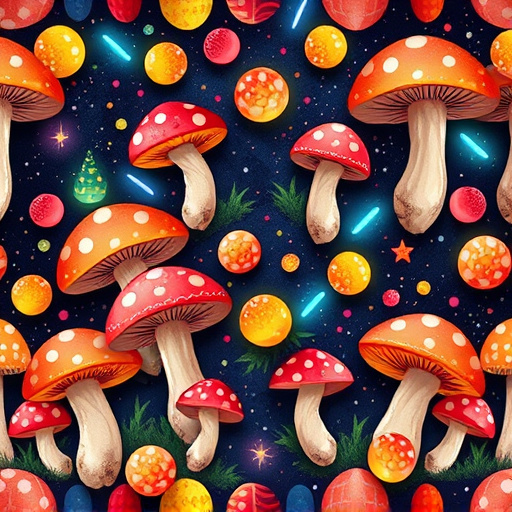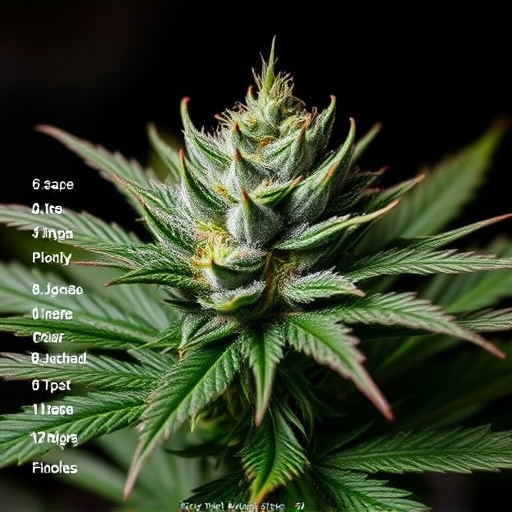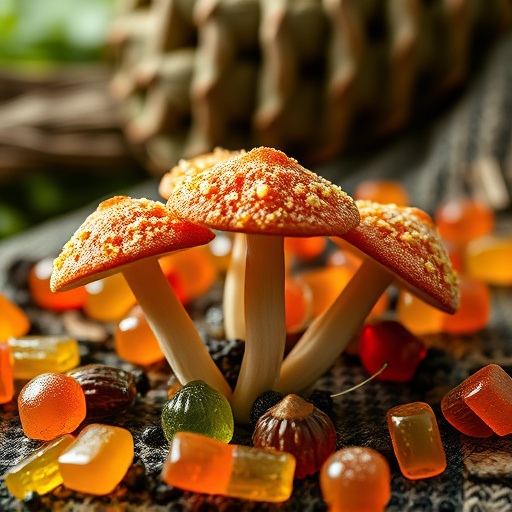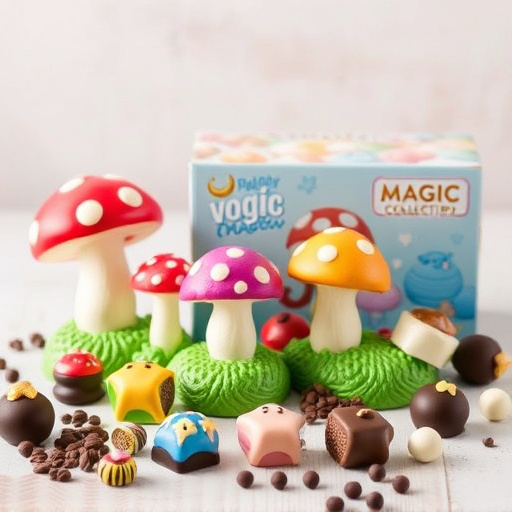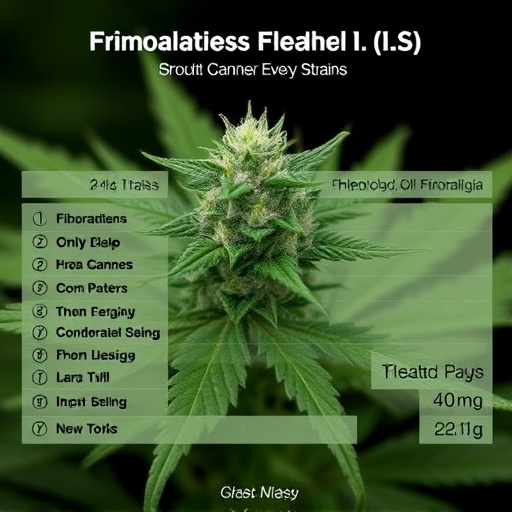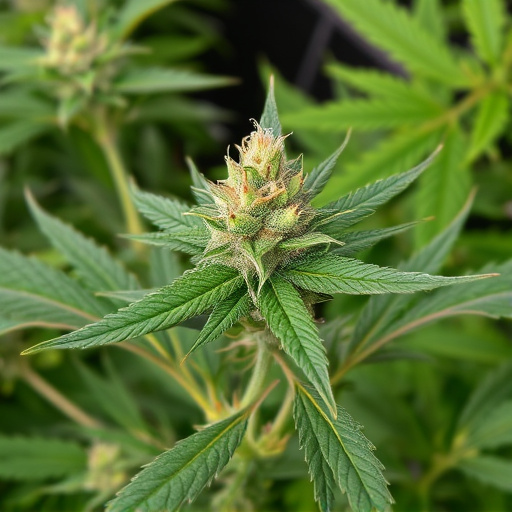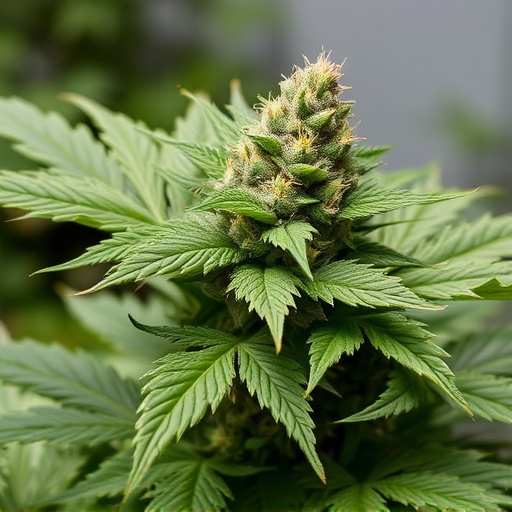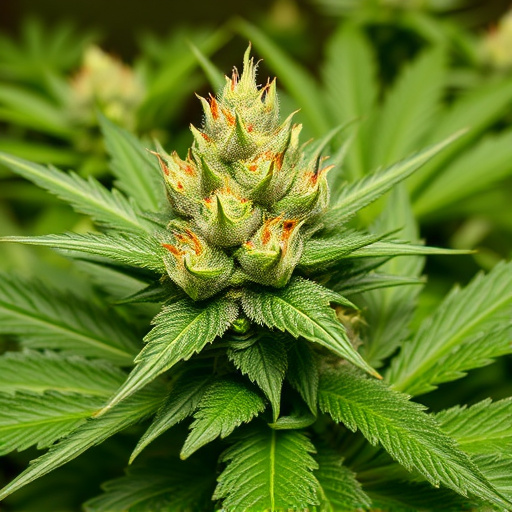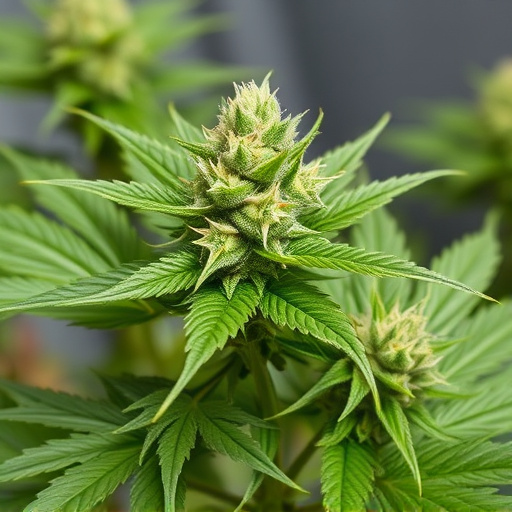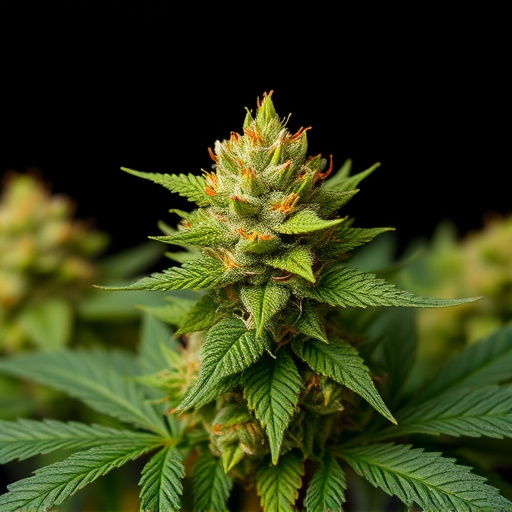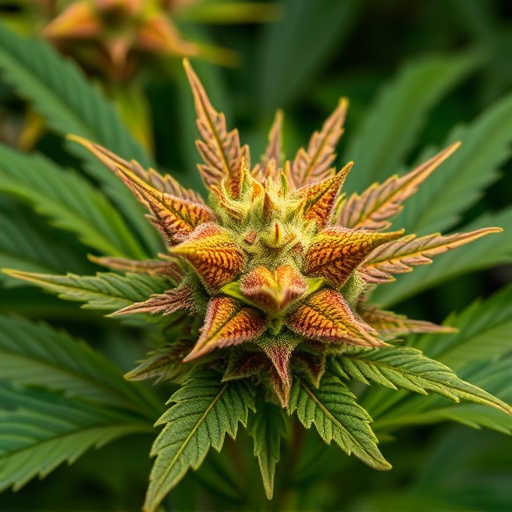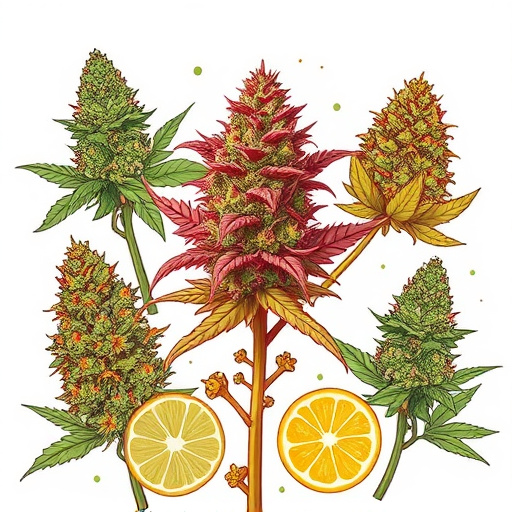Cannabis aging alters potency and effects due to chemical changes like terpene evaporation and cannabinoid breakdown, accelerated by storage conditions. While age isn't the sole quality indicator, it's crucial for assessing cannabis products, especially sour cannabis strains known for high THC levels and unique terpene profiles. Despite reduced potency, efficient delivery methods can still deliver a "high," though user experiences vary widely based on personal preferences and tolerance. Legal classifications and regulations further complicate perceptions of older cannabis varieties.
Can old weed still get you high? Despite popular belief, aged cannabis doesn’t automatically mean a diminished experience. In fact, it can offer unique effects due to its heightened terpene profiles and altered cannabinoid makeup. This article explores the science behind sour cannabis strains as they age, delving into factors that impact their potency and the varying ways users perceive them. We also dissect legal implications surrounding the use of older cannabis products, shedding light on a complex topic in the ever-evolving world of cannabis consumption.
- Understanding Cannabis Aging and Potency
- Factors Affecting the 'High' from Old Weed
- Discrepancies in Perception and Legal Implications
Understanding Cannabis Aging and Potency
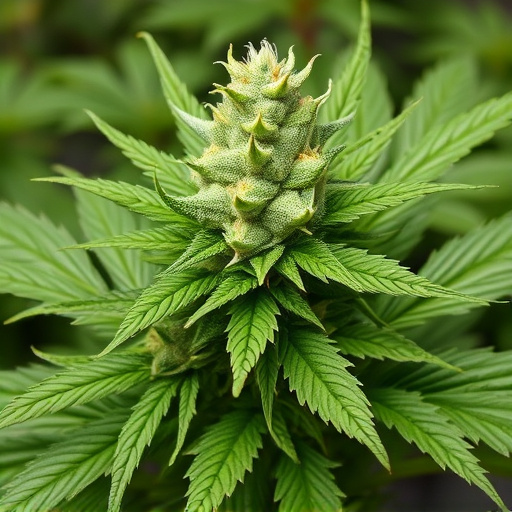
Cannabis aging, or the process by which the plant material degrades over time, significantly influences its potency and effects. As cannabis ages, it undergoes several chemical changes. Terpenes, the compounds responsible for cannabis’s unique aromas and flavors, can evaporate or degrade, leading to a potential loss of potency. Additionally, cannabinoids like THC and CBD may also break down gradually, resulting in reduced levels of these active compounds. This is particularly noticeable in older strains, which often lose some of their initial punch.
The aging process itself isn’t always a straightforward matter. Factors such as storage conditions, humidity, and temperature play crucial roles in determining how quickly cannabis degrades. For instance, sour cannabis strains, known for their tangy profiles, can lose their distinct flavors faster due to the volatile nature of terpenes. Therefore, while age might not be the sole indicator of a potent high, it’s certainly a factor to consider when evaluating the quality and effectiveness of cannabis products.
Factors Affecting the 'High' from Old Weed
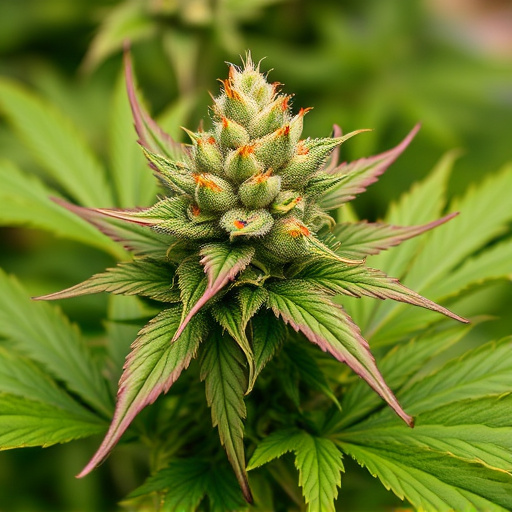
The potency and effectiveness of old weed in producing a “high” depend on several factors. One key consideration is the age and storage conditions of the cannabis. As cannabis ages, its chemical composition can change significantly. Terpenes, which contribute to both the flavor and potential therapeutic effects of cannabis, can evaporate over time, leading to a potentially weaker high. Additionally, the concentration of cannabinoids like THC (tetrahydrocannabinol), responsible for the psychoactive effects, may decrease as the plant ages.
Another factor is the specific sour cannabis strains. These strains often have higher levels of THC and unique terpene profiles, which can enhance or alter the user’s experience. However, even in old weed, these compounds can still produce a high, though the intensity might vary. The method of consumption also plays a role; smoking or vaping may deliver cannabinoids more efficiently than edible forms, ensuring users still achieve the desired effect from older cannabis.
Discrepancies in Perception and Legal Implications
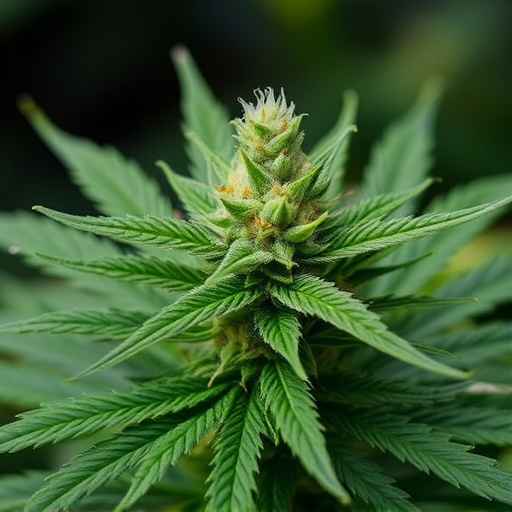
The perception of getting “high” from old or less potent weed can vary significantly from person to person, leading to discrepancies in user experiences. While some individuals claim that sour cannabis strains retain their effectiveness over time, others find that the high is considerably diminished. This disparity often stems from subjective sensory preferences and individual tolerance levels. As THC content has been steadily increasing in modern cannabis varieties, users accustomed to older strains may perceive a weaker high due to habituation or a lower concentration of psychoactive compounds.
From a legal perspective, the classification and regulation of cannabis products play a crucial role in how users interpret their experiences with old weed. In areas where cannabis is legalized, older strains might be less regulated, leading to concerns about product quality and safety. Discrepancies in perception can also impact consumer rights and expectations, especially if users expect a specific type of high based on past experiences with now-obsolete strains. Understanding these factors is essential for both consumers and policymakers as the cannabis industry continues to evolve.
While age may diminish the potency of cannabis, old weed can still provide a significant ‘high’. Several factors, including storage conditions and the specific strain (such as sour cannabis strains), play a crucial role in determining its effectiveness. Despite discrepancies in perception, the legal implications of using aged cannabis remain unclear, underscoring the need for further research and clarification.

